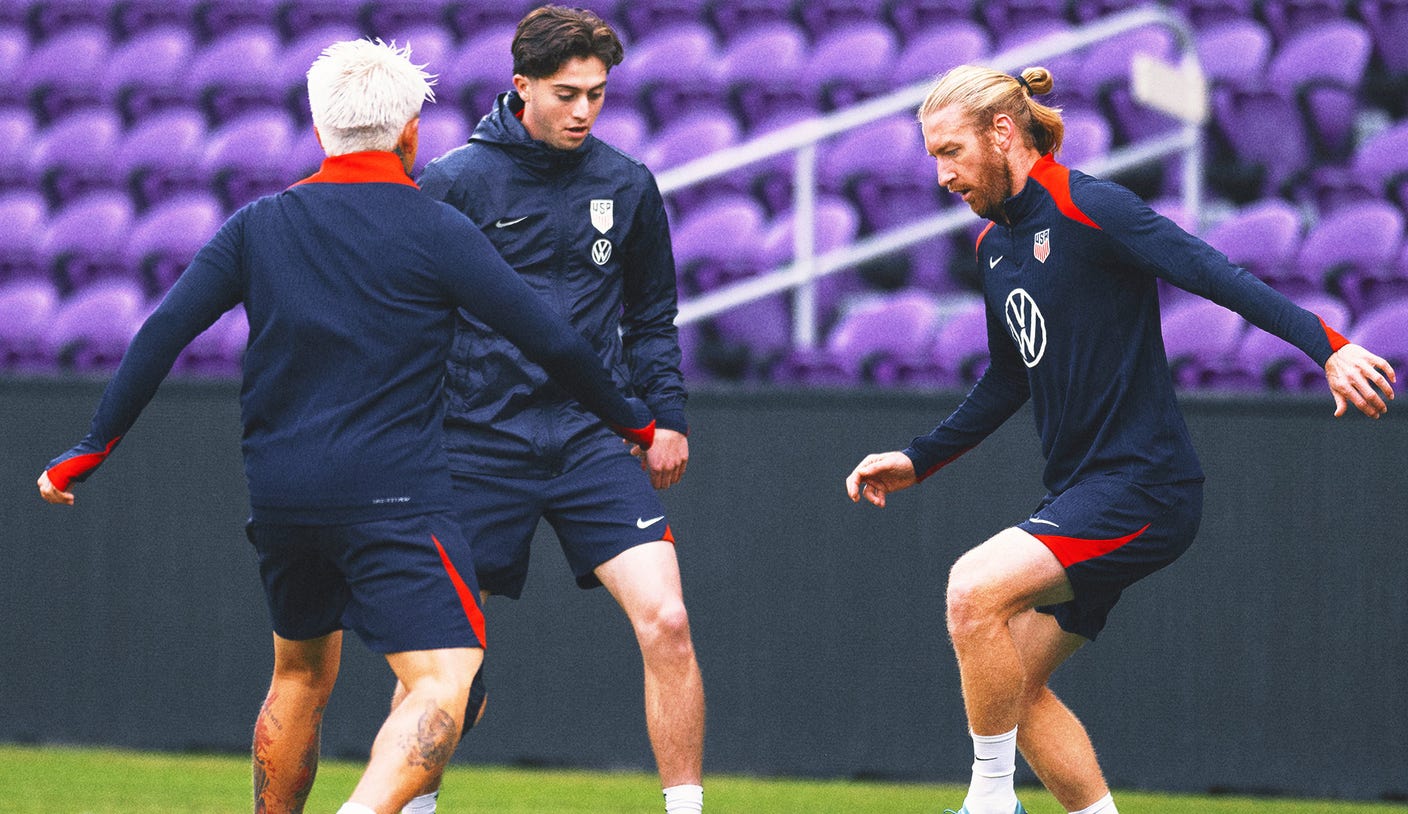
FIFA Men’s World Cup: U.S. Men’s Team’s Annual January Tradition on Hold
Published October 24, 2025, 5:28 p.m. how many tamaraws are left in the world ET
By Doug McIntyre, Soccer Journalist
The annual January training camp for the U.S. men’s national team will not take place in 2026, as confirmed by U.S. Soccer Vice President Oguchi Onyewu on Friday. Known affectionately—though sometimes derisively, depending on one’s perspective—as “Camp Cupcake” by fans in the U.S., this traditional start-of-the-year gathering has primarily included players from Major League Soccer (MLS) and has been a fixture on the domestic soccer calendar for over 25 years.
This camp has served as an essential resource for the program. While players from Europe’s top leagues typically cannot participate due to the event’s scheduling outside FIFA’s official international windows, many of the greatest players in U.S tamabet ph registration. soccer history—like joint top scorers Clint Dempsey and Landon Donovan—earned their first or second caps during this camp. This year’s camp introduced several promising talents—Max Arfsten, Diego Luna, and Jack McGlynn, to name a few—who are now strong contenders for coach Mauricio Pochettino’s roster for the upcoming 2026 World Cup next summer.
However, the January camp will be paused for the foreseeable future. Starting in 2026, the camp will be moved to December, according to Onyewu. He stated, “The January camp has long been an important platform for player evaluation and integration, with many current and former U.S. men’s national team players earning their first international experiences during this period. Its impact on our program’s growth and player pathway has been significant and enduring.”
Due to the modern game’s increasingly congested calendars, U.S. Soccer, alongside MLS, has conducted a comprehensive review to determine the best fit for this camp within the new framework. Following thorough analysis and consultations, it has been decided to shift the camp to accommodate the new cycle.
The January camp was initiated in 1997 after the inaugural season of MLS in 1996. At that time, when the league’s championship was held in October and there were no games until the following April, it was crucial for MLS-based national team players to stay in shape during the long offseason. However, as the domestic circuit has evolved over the past 30 years, the need for this camp has diminished. This season’s MLS Cup is scheduled for December 6, and training camps for the 30 franchises will commence in early January. Teams have become increasingly reluctant to release key players for national team duties. Like their counterparts in Europe, MLS clubs are not obligated to accommodate national teams outside of FIFA’s designated dates, and multiple clubs reportedly denied their players the chance to participate this year.
Onyewu remarked, “The December period offers a more balanced window that minimizes conflicts with pre-season preparation, aligns more effectively with player recovery cycles, and continues to provide our national team coaches a valuable opportunity to assess and integrate domestic-based talent. 8 tama” He further emphasized, “A core pillar of The U.S f tanedo. Way emphasizes two key priorities: expanding opportunities for both youth and senior national team players and maintaining deep, cooperative relationships with our domestic leagues and clubs. Moving [the January Camp] to December represents the natural next step in our shared commitment to collaboration, player welfare, and the continued advancement of soccer in the United States.”
Doug McIntyre is a soccer reporter for FOX Sports who has covered the U. tama 13x4S. men’s and women’s national teams at FIFA World Cups across five continents. Follow him @ByDougMcIntyre.
What are your thoughts on the shift from January to December for the U.S. men’s national team training camp?
